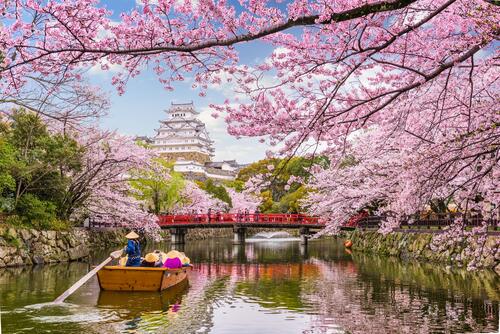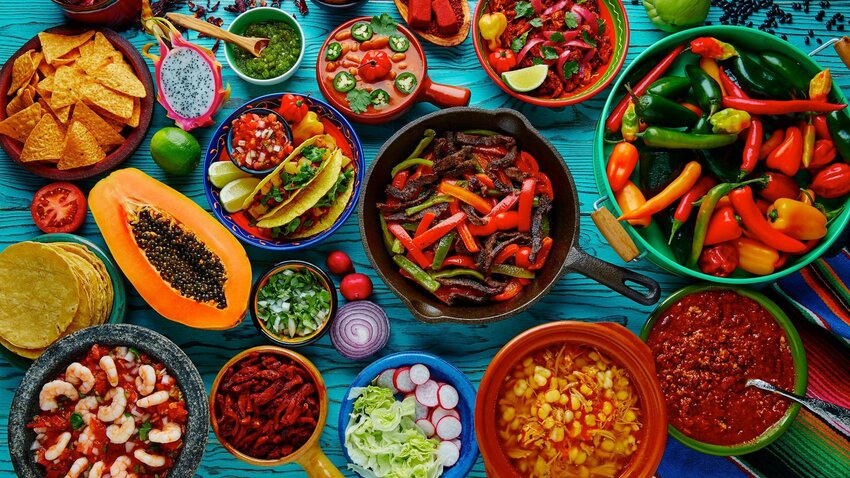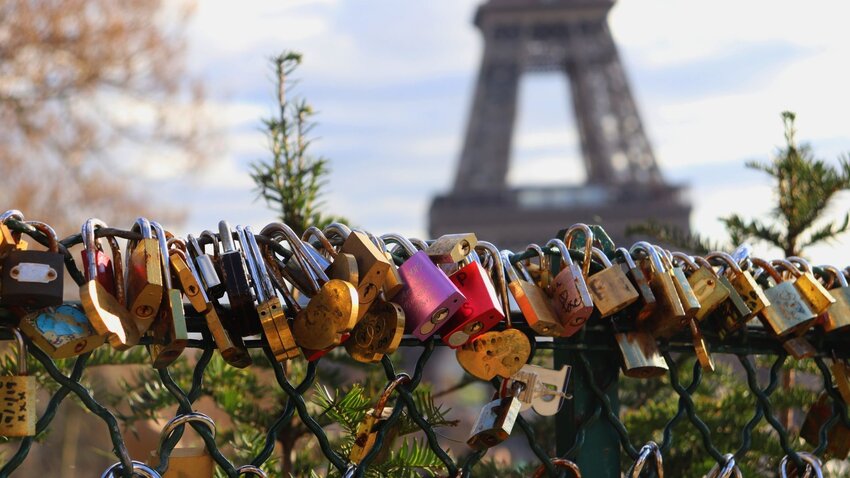“If you are cold, tea will warm you; If you are too heated, it will cool you; If you are depressed, it will cheer you; If you are excited, it will calm you.”
― William Ewart Gladstone
Tea drinkers will understand Mr. Gladstone quite well — a cup of tea can do wonders. That’s probably why tea is a beverage enjoyed in countries around the world. And while global tea traditions may vary greatly — from drinking out of a gourd to serving tea at 4 p.m. with crumpets — the act of making tea is universal. That is, to boil a cup of tea to create, to sit, to reflect, and to share. Whether you’re a teatime rookie or brew loose leaf every day in your favorite tea maker, here are seven worldwide tea traditions, most of which you can easily try at home.
Argentina
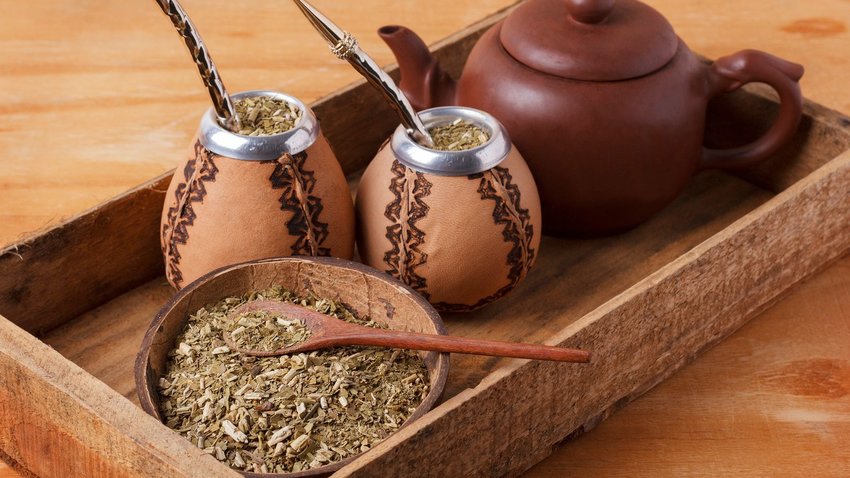
In Argentina, drinking yerba mate (pronounced ma-tay) is embedded into the country’s lifestyle. Traditionally served in a hollowed-out gourd, mate is sipped through a special metal straw called a bombilla, and shared between friends as means of conviviality. At a party, the mate gourd will be passed around in a circle and refilled as many times as needed. While I still have my mate gourd from many years ago when I lived in Argentina, these days I use my favorite french press to make it every morning. The caffeinated tea is bitter, but it’s packed with nutrients and antioxidants, and it’s a great way to start the day.
India

Chai is so ubiquitous throughout India that there is technically no other type of tea. “Chai” translates to tea in Hindi, so to ask for a chai tea is a bit redundant. Nonetheless, chai, a black tea traditionally flavored with spices like cinnamon and cardamom, has a long and storied history in Indian culture. Prior to British colonization, chai didn’t resemble the drink most of us recognize today — sweetened, syrupy, and lightened with milk. But, if you’d like to make a healthier version without a lot of sugar, it’s quite easy to brew chai at home. My favorite recipe is Kripalu Chai, which follows Ayurvedic principles to be both restorative and stimulating at the same time.
China

The Chinese tradition of Gongfu takes its tea ceremonies to a whole new level. Sometimes referred to as Kung Fu, Gongfu can be interpreted as the art of doing something well — be it martial arts or making a pot of tea. Along these lines, Gongfu tea is treated with peaceful reverence. From brewing to serving to sipping, it’s all done skillfully and with care. The type of tea matters less within the Gongfu tea tradition, although it does call for a Yixing teapot, a brewing tray, and at least six teacups. If you don’t have any of these materials or six people to serve (thanks to social distancing), that’s okay. Take a deep breath and appreciate your tea. At its core, that’s the essence of the Gongfu tradition.
Japan
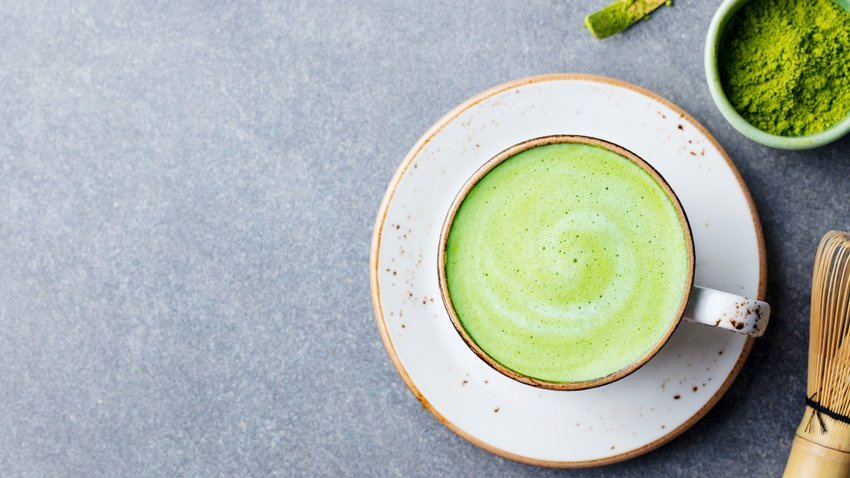
Matcha is another traditional tea that has begun to gain worldwide popularity, thanks in large part to its many health benefits. In contrast to loose leaf green tea, matcha leaves are ground into a powder, which means many of the leaf’s nutrients remain intact. In Japan, serving matcha is a ceremony that dates back centuries to Zen masters. While a matcha ceremony is a detailed and delicate dance between host and guest, making a cup at home is simple for a late afternoon pick-me-up. All you need is ceremonial grade matcha powder, hot water, and a whisk; if you prefer a matcha latte, add warmed milk of your choice.
Peru
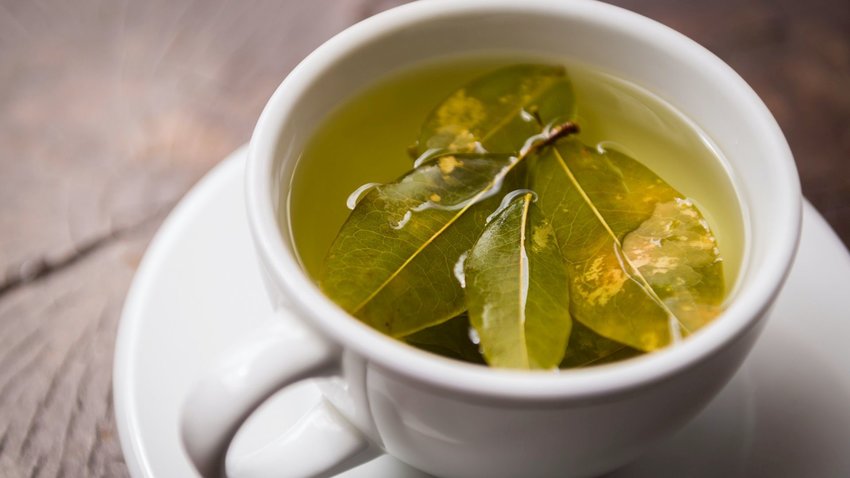
Also known as mate de coca, anyone who travels to Peru will certainly come across this traditional drink. Made from the leaves of the coca plant (yes, the very same that makes the illegal drug), coca tea has health benefits that are claimed to soothe altitude sickness and enhance physical prowess. If the Andes are on your bucket list, you’d be hard-pressed to find a restaurant in Cuzco that doesn’t serve coca tea. Truthfully, when I was suffering from altitude sickness on my trip to Macchu Picchu, this special tea did ease my pain. Although mate de coca is a part of traditional life in Peru, it’s still illegal in the U.S., so you’ll have to travel to South America for this tea tradition.
Morocco
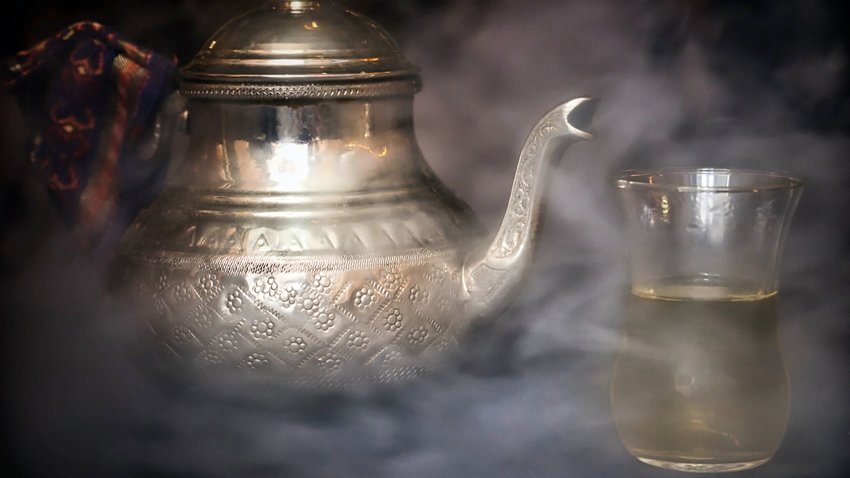
If you’ve ever been to Morocco, it’s likely you became hooked on Moroccan mint tea, a sweetened beverage that’s served throughout the North African country. A combination of Chinese gunpowder green tea steeped with spearmint and flavored with sugar, this version of mint tea is also fairly simple to make at home. Although it’s traditionally served in an engraved Moroccan teapot called a berrad, one only needs a regular teapot, a serving tray, and a couple of teacups to recreate a Morrocan tea ceremony at home. It’s a great way to use up all the mint in your herb garden, but dried herbs can also be used for this special type of tea. Either way, don’t skip the sugar; it makes it both delicious and authentic.
United Kingdom
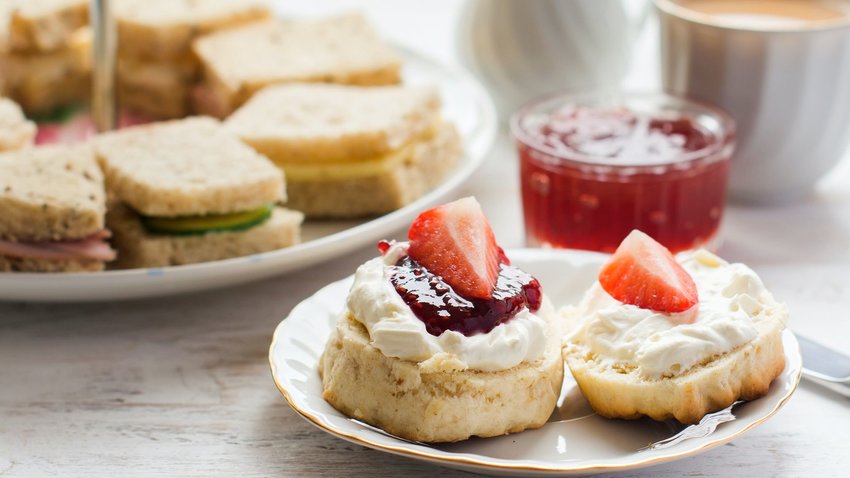
Afternoon tea is a beloved tradition throughout the United Kingdom and has been so since around 1840. It all started with Anna Russell, Duchess of Bedford, who would grow quite hungry in the late afternoon. To abate her hunger, she asked for a small meal consisting of tea and light snacks at 4 p.m. every day. Over time, the Duchess’ teatime popularized into a nationwide tradition. To this day, afternoon tea is served between 4 p.m. and 6 p.m. throughout the U.K. The tea of choice is most often black tea served with cream, sugar, and accompanied by scones, tea sandwiches, and biscuits.
Photo by Raychan


